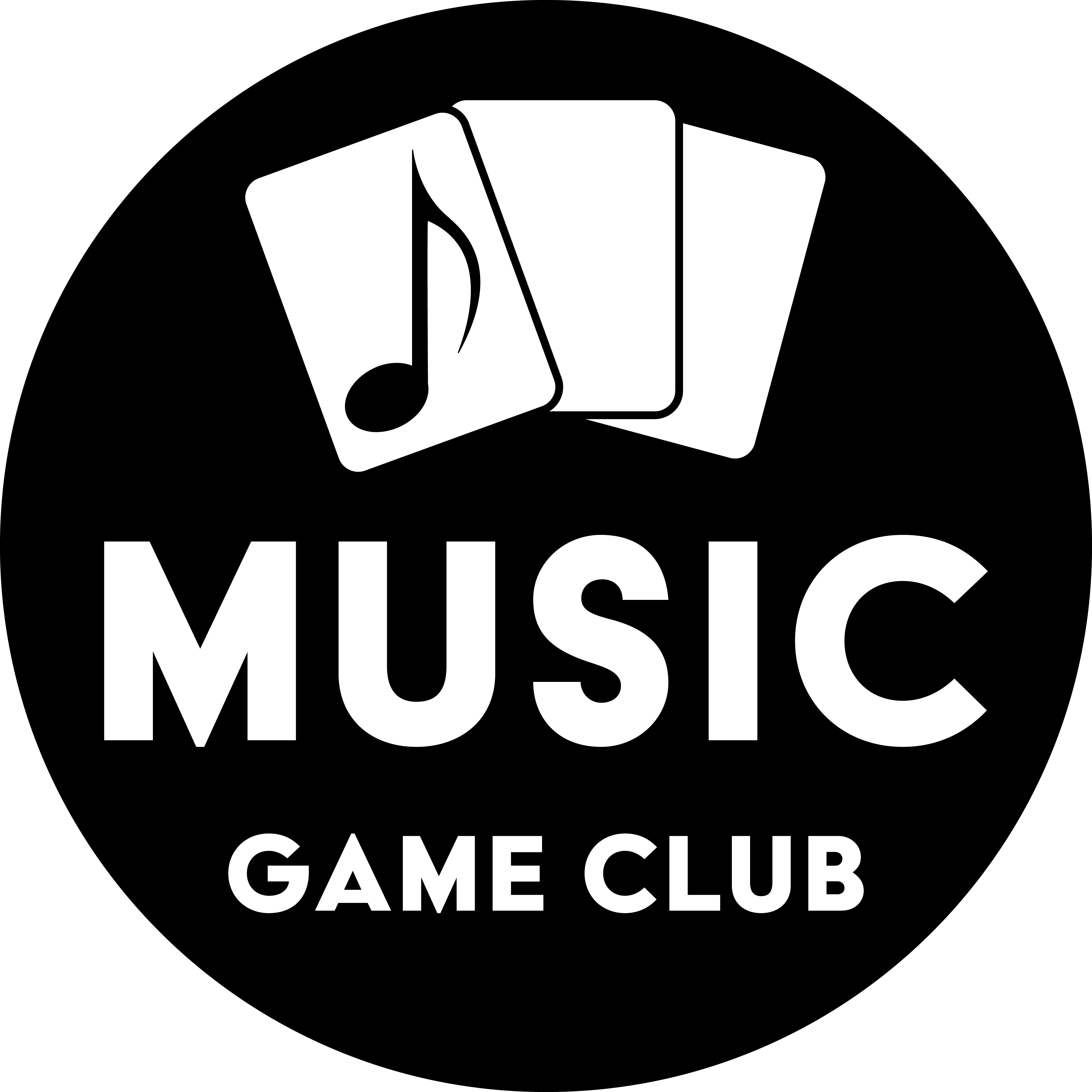
One of the hang-ups with playing music games during lessons is knowing how to play music games with all students and all levels.
It can be easy to overthink and stress about, but we’ve got some thoughts to help you out!
In the last few days, we’ve discussed…
- How to set goals with your piano students (and how music games are a great solution to student boredom & frustration)
- How to make time for playing music games in lessons
Today, I’ll discuss two more important aspects of playing music games in your studio:
- How to play music games with all student levels
- How to decide WHAT music games to play with your students
These two questions go hand-in-hand, because sometimes it’s easy to think that our students aren’t ready for a game… but as our founder Rebekah puts so well, maybe they really are!
To help you out, we have yet another freebie for you: a brainstorming sheet for music games!
I’ve done some of the work for you and have already filled out some music theory game points for you to consider (but more on that later).
First, I love what Rebekah has to say about playing music games for all levels of music students (this means don’t limit yourself when you’re brainstorming & planning!)
How to play music games with all students & levels
(don’t see the video? watch it here)
Since Rebekah talks about how to play music games for all student levels, I’m going to add to the conversation with another important question.
WHAT games to even play in music lessons?!
There are thousands of music games out there.
Some are amazing and can slip into your 5-minute lesson time slots easily.
Others are intense games that take at least a half hour to complete.
Still others are hard to understand (I bought a music card game over five years ago and still haven’t learned how to play it).
It can be hard to narrow down your needs.
But please don’t let that stop you from playing music games with your students!
You can find the music game your student needs to make lessons fun & highly educational.
The first step is to decide what theory concepts you need to teach or review.
If you know what you’re looking for in a music game, it will help monumentally!
From there, you can definitely do a Google search for “Circle of Fifths music game” or “lines & spaces music game,” but it will take time.
And I know you’re busy and don’t have hours to spend searching for new games.
That’s where Music Game Club can help you out!
Each month, our members get to choose a new game suited just for their needs!
Membership is only open twice a year. Check out our membership page here for more details.
If you want to know even more about how Music Game Club helps you, read The Easy Way To Include Music Games In Lessons.
I have a little homework for you: decide the top 5 music theory concepts your students need to learn/review.
To help you out, here’s the music game brainstorming printable I mentioned earlier.
It has theory concepts that most students learn in their first few years of lessons.
You can print it (or save it on your tablet) and start filling out the theory concepts needed.
And if you’re feeling brave, I’d absolutely love to hear what your top 5 theory concepts to play in a game are!
In fact, I’ll share my students’ top 5 music theory needs right now:
- Circle of Fifths/Key Signatures
- Note names (always!)
- Accidentals
- Rhythm
- Intervals
Do any of your students need to review the same things as mine?
And remember, if you’re hesitant put certain music games on your brainstorming list because they aren’t quite the level of your students, Rebekah has some really good points in her video about using a game even if it’s “too hard.”
I love her perspective of laying a foundation without expecting the student to fully understand the musical concept.
How do you play music games with all students & levels?
Do you play music games like Rebekah?
Are there any music theory concepts that you “lay a foundation” for before your student has learned it?
Comment and share your best tips!




0 Comments